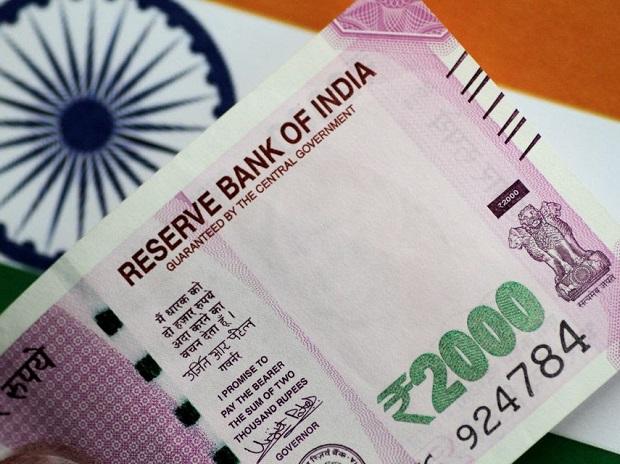[ad_1]
The rupee and government bonds weakened sharply on Thursday as the Federal Reserve continued to signal a policy of aggressive monetary tightening, disappointing traders who had bet on a softer tone, or a “policy pivot” from the US central bank.
The rupee settled at 82.76 per US dollar as against 82.46 per US dollar on Wednesday. So far this year, the domestic currency has depreciated 10.2 per cent versus the greenback.
Yield on the 10-year benchmark government bond rose five basis points to end the day at 7.27 per cent. Bond prices and yields move inversely.
Late on Wednesday, the Federal Reserve announced a 50-basis-point rate hike, taking the total tally of rate increases in 2022 to 425 bps. Rising US interest rates typically lead to a stronger dollar as global investors rush towards higher returns in the world’s largest economy. This exerts pressure on emerging market currencies like the rupee.
While the 50-bps rate hike was widely expected, traders had bet on the Fed, signalling a slower pace of rate hikes going ahead, given that inflation in the US is easing. The US central bank, however, did not provide any such hints, with Fed Chairman Jerome Powell saying that more evidence was required to be convinced of a durable fall in inflation.
“The policy statement’s hawkish tone was led by upward revisions to the dot plot (projections of future rate hikes), a higher profile for inflation over the next two years, and unchanged statement language about ongoing rate hikes,” Madhavi Arora, lead economist at Emkay Global Financial Services, said.
The US currency rose sharply following the policy statement, with the dollar index at 104.29 around 3.30 pm versus 103.77 at previous close, Bloomberg data showed. The US dollar index had shed about 6 per cent in November due to expectations of a less aggressive Fed.

Traders said while the rupee had received some support in the early hours of trade from corporate inflows, the domestic currency soon weakened considerably as importers rushed to buy the dollar fearing further strength in the US unit.
“Indian rupee rose to 82.42/$1 after opening at 82.65/$1 due to flows of a commercial bank’s stake buy today also. But then oil companies were ready to buy this dollar weakness,” Anil Kumar Bhansali, head of Treasury at Finrex Treasury Advisors, said.
“Importers have to keep buying dollars to make payments of their imports payable at all possible dips and major dips. This hawkishness of Fed is going to be harsh on risky assets,” he said.
Dealers said the RBI was unlikely to step in to sell dollars till the rupee approached the psychologically significant 83 per dollar mark. The rupee’s all-time intraday low versus the US dollar is 83.29 per dollar.
“Volatility in INR also increased. We see limited upside risk for the INR while there are significant risks on the downside, mostly on the BoP (balance of payments) front. We expect a range of 82-83/$ in the near-term,” Bank of Baroda’s economists wrote.
Bond traders were of the view that yield on the 10-year benchmark paper would be confined within a band of 7.25-7.35 per cent over the near term, with the next major event being the Union Budget in early February.
With supply of government bonds likely to remain elevated in the next financial year, traders said that hints of an extended tightening cycle both in the US and in India could damage appetite for sovereign debt, pushing up yields.
Sovereign bond yields are the benchmarks for pricing a vast variety of credit products in the economy.
[ad_2]


